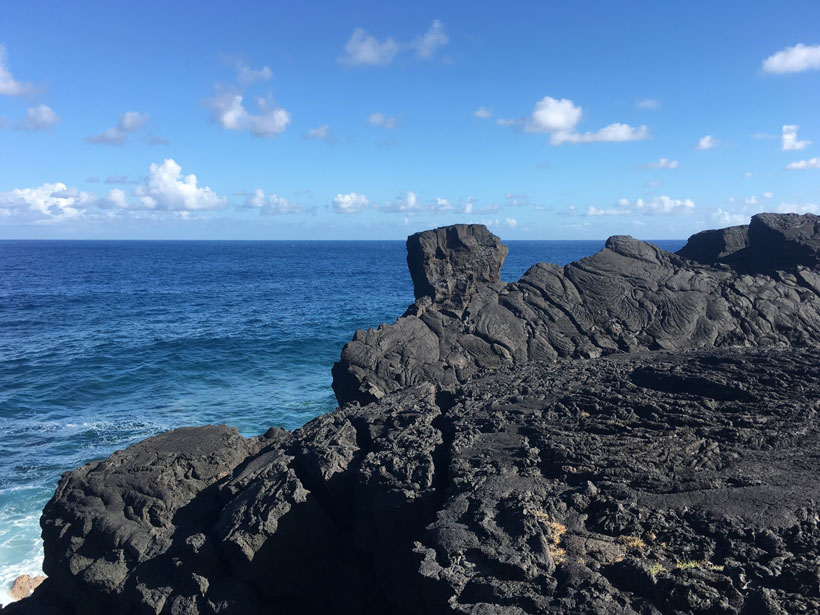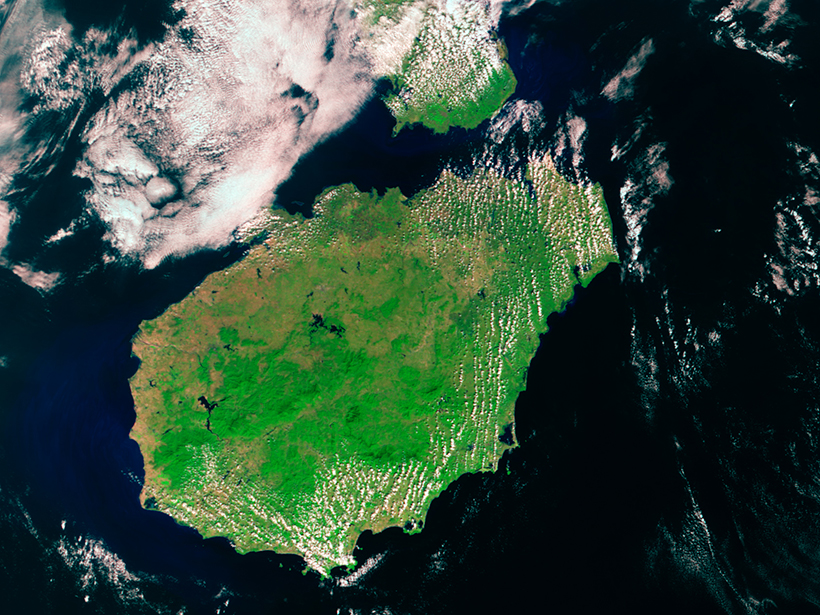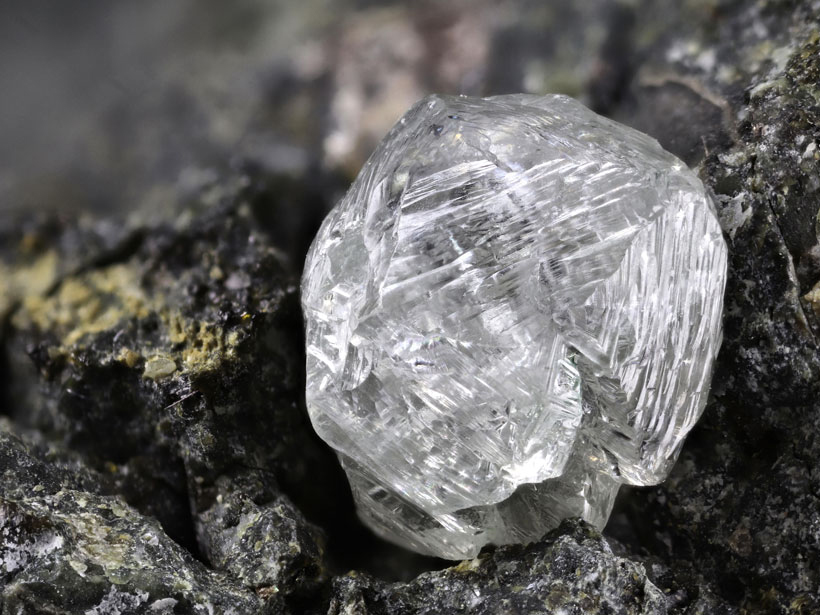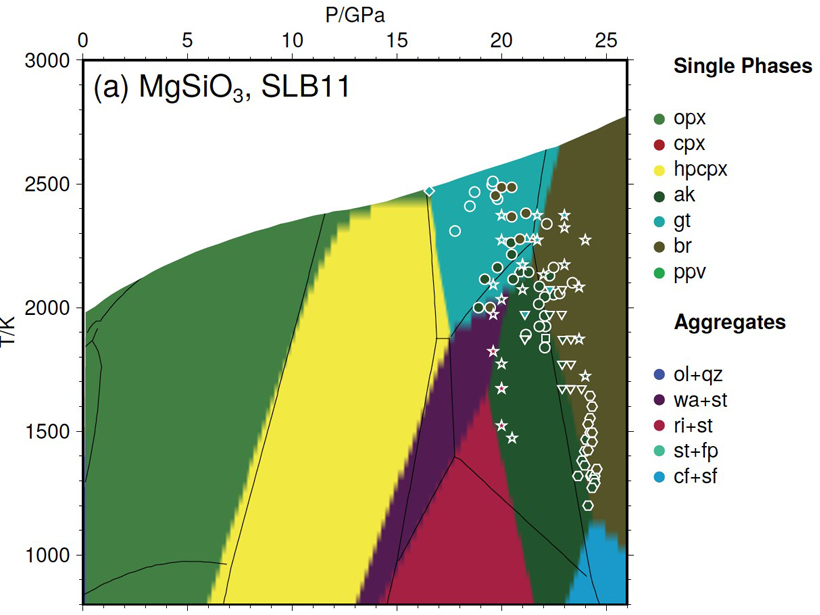New evidence from deep mantle plumes suggests that Earth’s liquid outer core might be leaking tungsten isotopes into the lower mantle.
Earth's mantle
Hiding Deep Hydrous Melts at the Core-Mantle Boundary
Silicate melts containing H2O in the lowermost mantle are surprisingly dense and may stagnate there, trapping primordial volatiles and potentially causing some of the ultra-low velocity zones.
The Lower Mantle May Have a Wet Bottom
Molecular dynamics calculations suggest that molten hydrogen-bearing iron peroxide (FeO2Hx) may produce the ultra-low velocity zones that occur at the core-mantle boundary.
Seismic Anisotropy Due to a Compositionally Layered Mantle
Investigating the role of layered rocks and compositional banding on mineral scale in generating seismic anisotropy in the mantle.
Carbonate Melting Enhances Mantle CO2 Fluxes in Old Ocean Basins
The amount of CO2 segregated from the mantle by carbonate melting beneath old oceanic crust may equal that emitted along the mid-ocean ridge system, thereby contributing to the global carbon cycle.
Linking Mantle Plumes to Volcanoes and Hot Spot Tracks
Study bolsters hypothesis that volcanoes on China’s Hainan Island were formed by a hot spot.
Diamond Impurities Reveal Water Deep Within the Mantle
A high-pressure form of ice, trapped within diamonds forged in the lower mantle, suggests that aqueous fluids reside deeper in Earth than we knew.
Widespread Mantle Upwelling Beneath Oceanic Transform Faults
A global characterization of mantle flow patterns beneath active oceanic transforms suggests pervasive upwelling stabilizes divergent plate boundaries by warming and weakening these enigmatic features.
New Thermodynamic Model for Computing Mantle Mineralogy
A newly developed open-access software package called MMA-EoS can calculate whole mantle mineralogy in multicomponent systems by Gibbs energy minimization.
A Significantly Hotter Mantle Beneath Iceland
Estimates of crystallization temperatures from four eruptions in northern Iceland offer improved constraints on the mantle's temperature beneath this anomalous divergent plate boundary.










